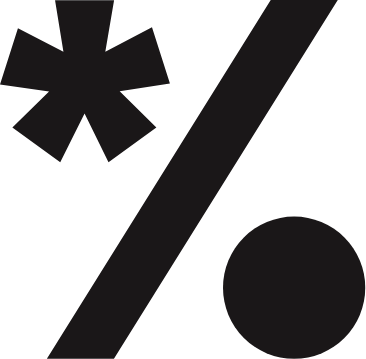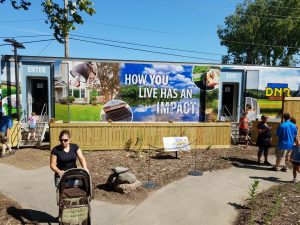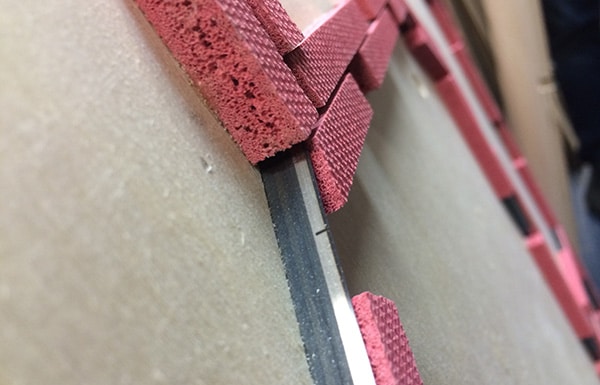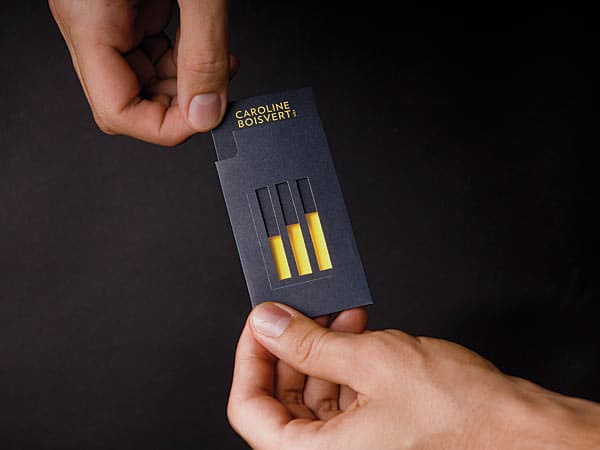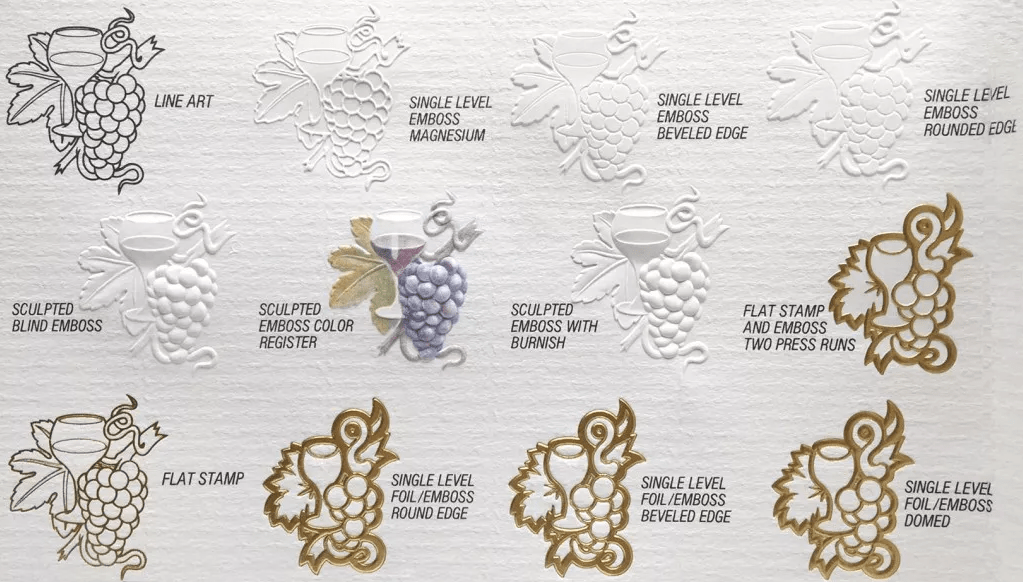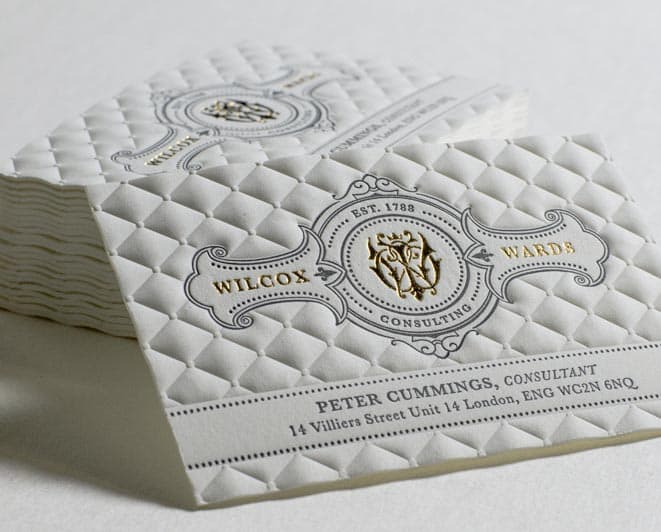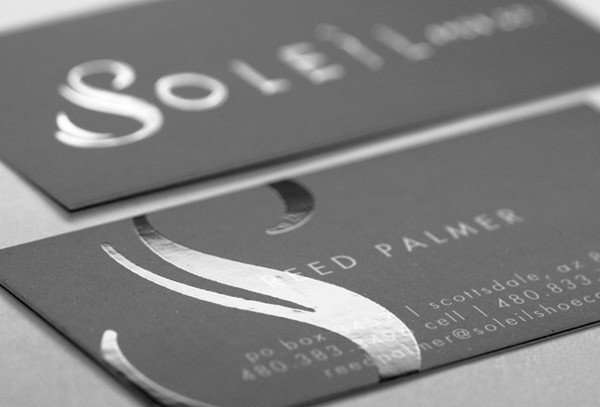Our Go-To Design Sites
Want to study up on design? Subscribe to some great design sites. Here are our top picks:
–Invision provides a platform for prototyping, collaboration and workflow. You’ll find resources for UX, team-building, and marketing, like inclusive design, how to conduct user research, and ways to empower your design team.
–Marvel boasts “the best design articles every day”. Product design, color theory, the ultimate UX reading list have all been covered recently on the blog.
–Check here for digital product design news, like immersive design, how QuickBooks rocks new user onboarding, 5 brainstorming exercises for introverts.
–Boasting “the best in creativity”, you’ll find timely conversations about women of color in design, gender stereotypes, and #MeToo in the creative industry.
–Learn from the best in user experience design, including a practical guide to ethical design, and five tips for a successful career as a UX researcher.
–Dig into UI and UX articles, plus product insights and cool things happening with cities and spaces across the country.
–With categories including branding, packaging, print, graphics, interactive, interiors, and retail, you’ll find a wide variety of topics and inspiration.
–Typewolf covers “What’s Trending in Type”, like font recommendations and lists, plus guides and resources.
–This is a great resource for anyone with an online retail presence, including user-friendly forms, user-centered transactional email design, and the importance of color for UX.
–Here you’ll have an opportunity to learn 1-on-1 from an expert, plus gain hands-on experience, all built to fit your schedule.
–Design inspiration, product reviews, How Tos, and more!
–Known for “championing creativity”, Its Nice That features the best of animation, film, graphic design, illustration and photography.
–Want design inspiration expertly curated for you? Enter Muzli, the designers’ secret source for relevant design stories and inspiration.
–Find stories, jobs and podcasts all catered to the design community.
–Short and sweet, Sidebar highlights the five best design links, every day.
–Sort by “most voted” or “most clicked” to see content that resonates with designers around the world.
–Design, architecture, art, technology…you’ll find a little bit of everything here.
